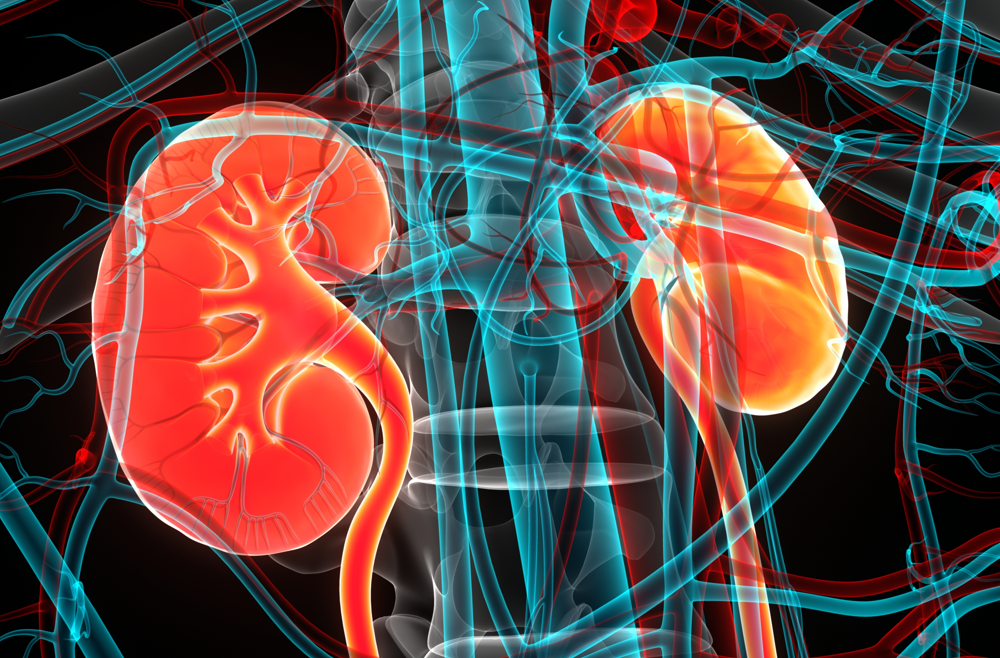For thousands of people around the world waiting for a kidney, paired exchange serves as a beacon of hope. One person’s willingness to undergo the act of Kidney Paired Donation (KPD) often sets in motion a chain of beautiful and selfless acts, where individuals give and receive the chance for a better life. After completing its 100th KPD transplant in a 12 month period, the Penn Transplant Institute now holds the worldwide record for the most KPD transplants in a year.
More than 90,000 people in the United States are waiting to receive a kidney transplant, with average waits to receive a kidney from a deceased donor stretching to between five and eight years. Those on the list must receive regular dialysis to stand in for their failed kidneys, and 4,000 people in the U.S. die each year waiting to receive a transplant.
Coordinated through the National Kidney Registry (NKR), paired exchange helps those in need of a kidney transplant who have a willing but poorly compatible or incompatible living donor—for instance, a friend or a sibling who is not a match to donate to their loved one but is nonetheless motivated to become part of an exchange. In a traditional kidney transplant scenario, that living donor would donate a kidney to their own loved one. However, sometimes the donor and recipient are poorly compatible or not compatible due to genetics. Paired exchange gives them another chance to help both their loved one and others, expanding the pool of potential donors and recipients.
Penn Medicine’s 100th paired kidney exchange surgery over the past 12 months, completed on Dec. 6, represents a significant milestone not only for Penn Medicine but for the broader transplant community. “This achievement reflects not only our dedication to excellence in patient care but also the innovative spirit that defines Penn Medicine. By embracing the potential of paired exchange, we are providing renewed hope to those in need,” says Amanda Leonberg-Yoo, an assistant professor of renal-electrolyte and hypertension and medical director of the Kidney Living Donor Program. “This milestone wouldn’t be possible without the countless number of people who make the choice to donate a kidney to a loved one, neighbor, or sometimes even complete stranger. Their selfless act of generosity often inspires others to do the same.”
This story is by Matt Toal. Read more at Penn Medicine News.








